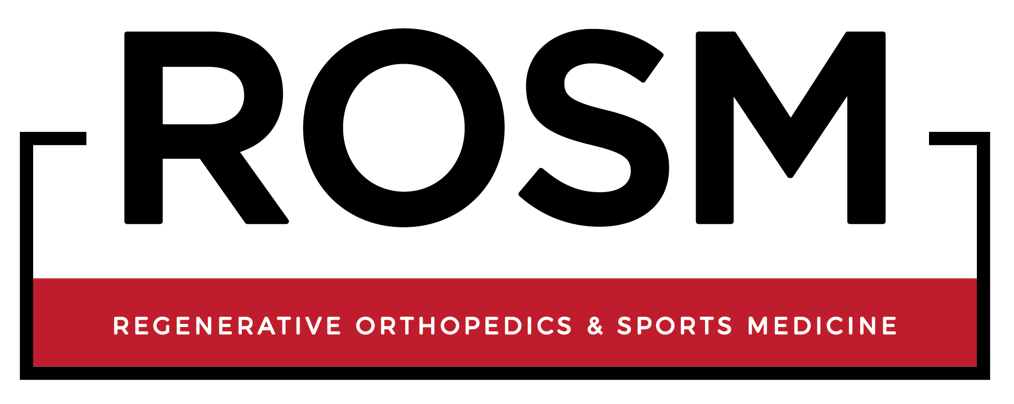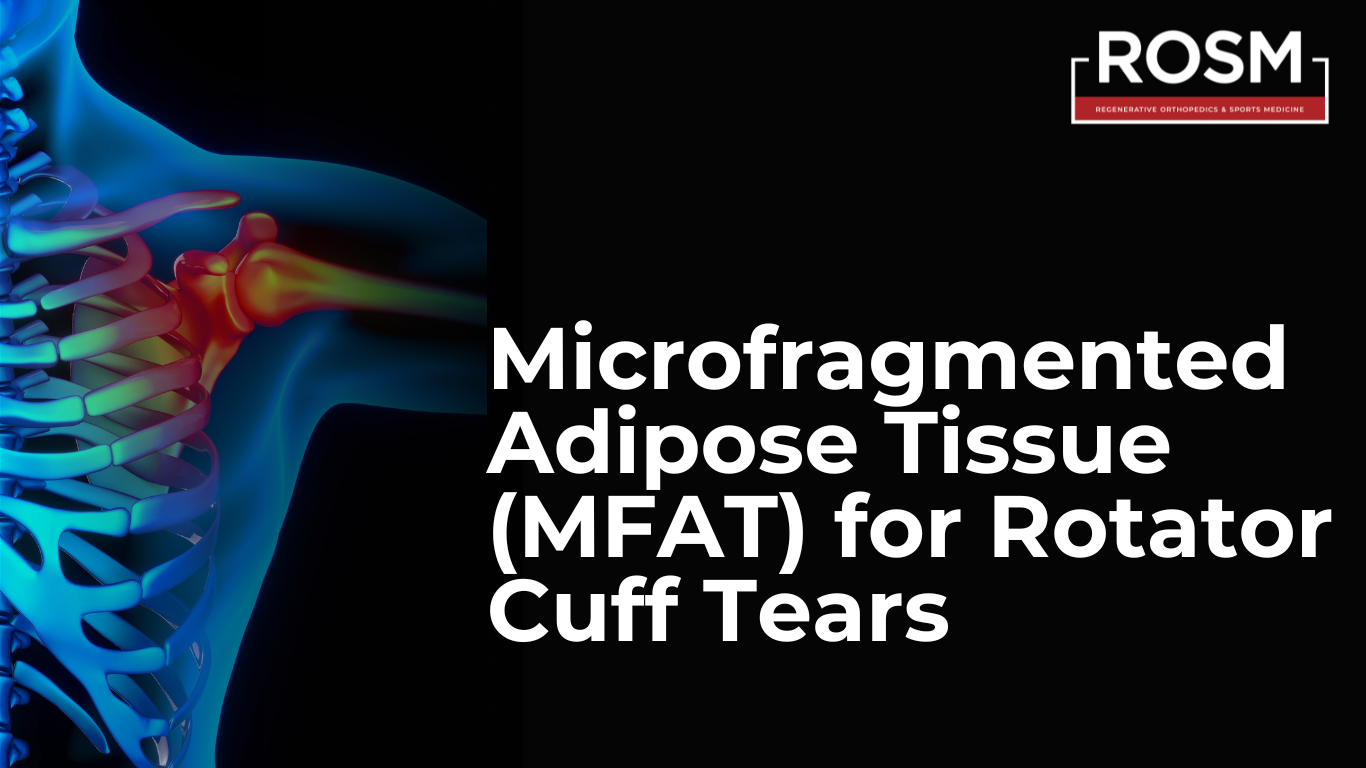By Dr. John L. Ferrell III, M.D.(*)
One of the most common injuries I see in clinic is a rotator cuff tear. For many patients, the traditional pathway has been either living with pain or moving toward surgery, which often carries a long recovery and significant risks. Fortunately, advances in regenerative medicine now give us another option. Microfragmented Adipose Tissue, or MFAT, is showing tremendous promise as a minimally invasive treatment for patients with rotator cuff tears who want to avoid surgery.
Recently, I published a case report that illustrates just how impactful this treatment can be. Please read on to hear about that case study and how my patient found relief.
A Case Study: Healing a Full-Thickness Tear Without Surgery
The patient was a 70-year-old woman who had been living with shoulder pain for eight months due to a full-thickness supraspinatus tear. She had already tried physical therapy, medications, and activity modification without success. Instead of moving forward with surgery, she chose MFAT therapy.
Here’s what that involved: we harvested a small amount of fat from her own body, processed it to isolate regenerative cell populations, and then carefully injected it into the injured tendon using ultrasound guidance.
What happened next was remarkable. Over the following months, she experienced not only a dramatic reduction in pain but also clear improvements in strength and mobility. Both ultrasound and MRI confirmed healing in the torn tendon, and at follow-up she had regained full range of motion without recurrence of the tear.
Why MFAT Makes Sense for Rotator Cuff Tears
So why is MFAT such a powerful tool in cases like this?
- Minimally invasive: Unlike surgery, MFAT is performed through a small needle procedure with far less downtime and risk.
- Uses your own biology: Fat is a rich source of mesenchymal stem cells and growth factors that support healing and repair.
- Comprehensive care: In this case, we didn’t just treat the tear itself, we addressed the biceps tendon, labrum, and glenohumeral joint as well. That whole-shoulder approach ensured we weren’t overlooking other contributors to pain and dysfunction.
Curious how MFAT compares to other regenerative injection options like PRP or cortisone? Dive deeper into our analysis of “PRP vs. Cortisone for Rotator Cuff Tears” to explore how these treatments differ in mechanism, outcomes, and long-term benefits.
Outcomes That Matter
This patient’s results highlight what makes MFAT so exciting. Her Disabilities of the Arm, Shoulder, and Hand (DASH) score, which measures upper limb function, improved dramatically from 72.73 down to 15.91 in just six months. Imaging confirmed new tissue formation in the tendon, and she was back to activities that would have taken much longer with traditional surgical repair. Importantly, she had no major adverse effects from the procedure.
Is MFAT Right for You?
MFAT isn’t the right answer for every rotator cuff tear, but it is an important option to consider. For patients who want to avoid surgery, who may not be ideal surgical candidates, or who simply prefer a more natural approach to healing, MFAT offers a safe, effective alternative backed by growing clinical evidence.
At ROSM, we’ve dedicated our practice to advancing regenerative orthopedics because it helps patients heal on their terms, without the risks and recovery time that come with surgery.
If you’re dealing with a rotator cuff injury and want to explore whether MFAT is right for you, I encourage you to reach out. This is the future of musculoskeletal care, and it’s available today.



